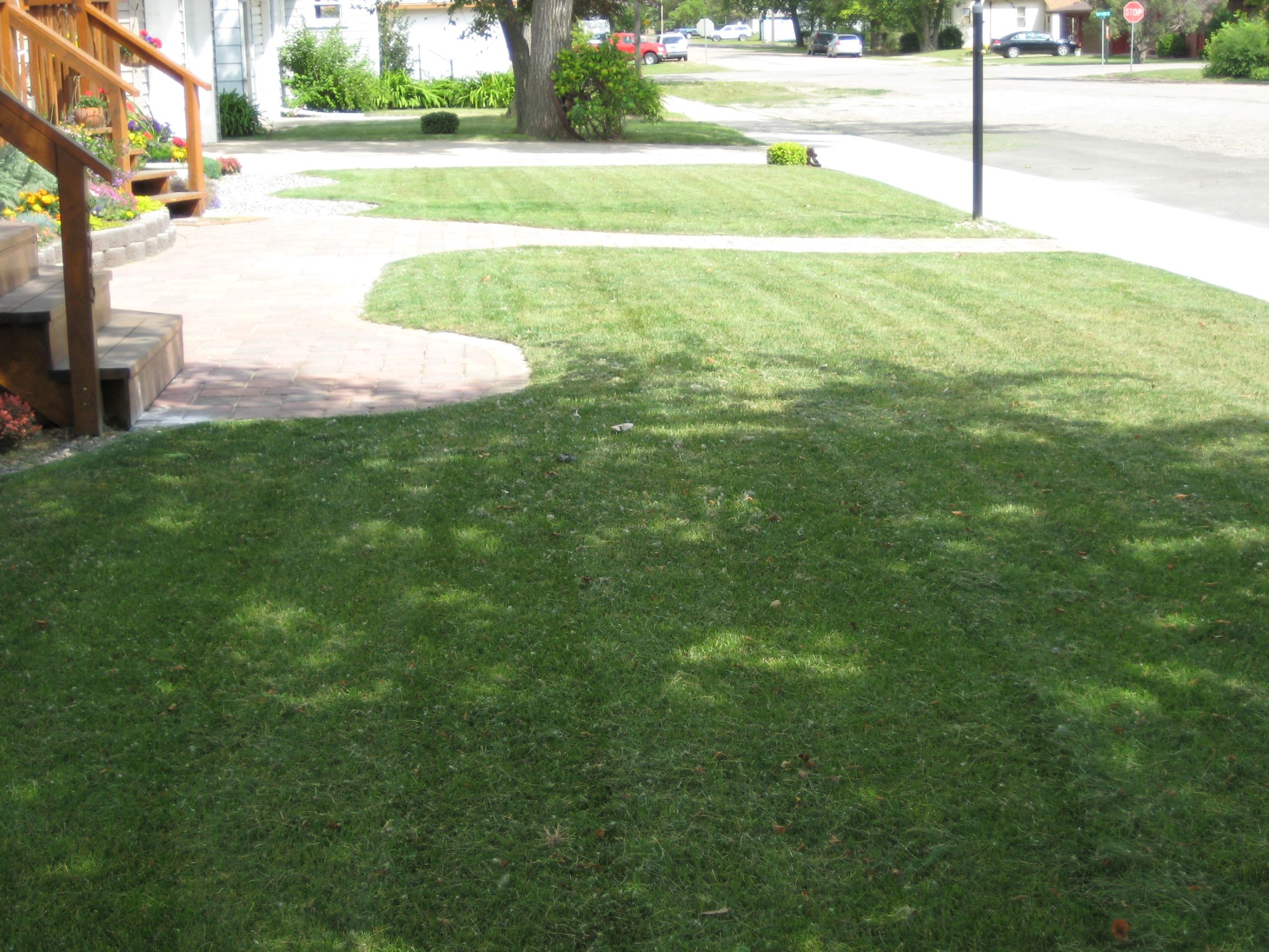By Chengyan Yue, Professor, Department of Horticultural Science and Department of Applied Economics, Bachman Endowed Chair in Horticultural Marketing, University of Minnesota;
Yufeng Lai, PhD student, Department of Applied Economics, University of Minnesota; and
Eric Watkins, Professor, Department of Horticultural Science, University of Minnesota
In a previous project funded by the USDA, we estimated U.S. and Canadian consumers’ willingness to pay for various turfgrass attributes and identified possible consumer preference differences and market segments. Specifically, an online turfgrass consumer preferences survey was conducted with responses from the US and Canada. We found both US and Canadian consumers were willing to pay the highest premium for better ability to withstand foot traffic, followed by low mowing frequency, low fertilizer requirement, and low water usage. Participants would also pay a high premium for turfgrass with no weeds.
We further identified a segment of consumers we called Low-input Conscious Turfgrass Consumers, accounting for 30% of the US and more than 40% of Canadian participants. Low-input Conscious Consumers had the strongest preferences for low-input attributes, such as lower irrigation, fertilization, and mowing requirements as well as better ability to withstand foot traffic. They also preferred turfgrasses that did not lay over when mowed and those with fewer weeds. Color and texture were not their primary concerns. The identification of low-input turfgrass consumers suggested that there exists a large potential market for low-input turfgrasses in both United States and Canada.
Although there is a segment of consumers who show great interest in low-input turfgrasses, most consumers are not aware of and are uncertain about low-input turfgrasses; thus, more time is needed for low-input turfgrasses to be adopted by homeowners. To speed up the adoption process, we need to identify the potential barriers that prevent consumers from adoption. To achieve this objective, with the current support from USDA, we conducted focus group discussions with a small number of participants and then a national survey with 2,000 U.S. homeowners.
In the focus group discussion, after a brief introduction of low-input turfgrass and presenting a sample of low-input turfgrass, we asked participants if they are willing to adopt low-input turfgrass. We proposed two possible options, i.e., replacing their current lawn entirely with low-input turfgrass or gradually switching to low-input turfgrass using methods such as overseeding. The majority of participants are willing to gradually switch to low-input grasses but are not ready to replace the current lawn entirely because they think too much effort is required.
We then designed a choice experiment to gather more information on whether homeowners consider switching to low-input turfgrass as a good investment. In the choice experiments, participants were presented with various plans for switching to low-input turfgrass with associated cost and transition period length, and they were asked which plan works the best for their household. Preliminary results suggest that homeowners value long-term savings brought by low-input turfgrasses due to less required inputs; however, most homeowners are risk averse and their decisions depend on their perceived probability that low-input turfgrass will be effective in saving maintenance cost. They are also concerned about the possible losses after switching low-input turfgrass due to the uncertainty of the grass performance and their inexperience in maintaining low-input grasses. The research team is analyzing the survey data and the results will be available later this year. Ultimately, these results can be used to guide outreach and Extension efforts by turfgrass science specialists.



